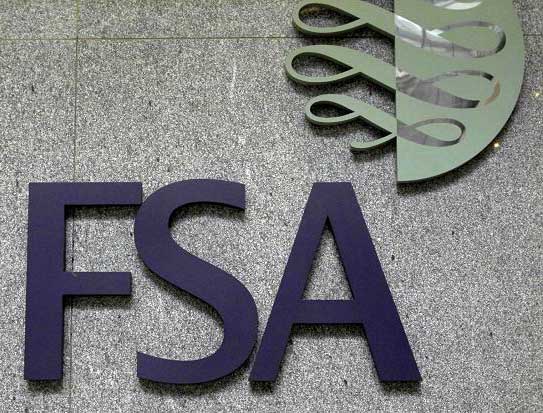SiPP pension providers have come under even more stress from consumer watchdogs after a miserable fortnight of damning criticism.
Now, the Financial Services Authority has set new rules for SiPP operators to provide information to investors giving clear details of how fund charges affect the return on investment.
Consumers must be given this information before they sign up in a key features illustration.
SiPPS were exempt from giving this information, despite other personal pension providers having to do so.
The FSA wants the companies to tell investors exactly how much of their cash goes to fund managers.
Sheila Nicoll, director of conduct policy at the FSA, said: “As the size of the SIPPs marketplace grows and roughly half of individual pension schemes sold to consumers are SIPPs, it is clear that we must take a market-wide regulatory approach. We simply cannot justify maintaining the status quo.
Informed pension choice
“Personal pension scheme holders deserve to know exactly how much scheme operators retain from banks – in commission or interest. These profits can no longer be hidden from consumers.
“The rules published today will help consumers compare different pension products – including the charges incurred – so they can make informed choices about their long-term savings.”
The new disclosure requirements for SIPP operators will come into force on April 2013.
The FSA also lowered pension projection rates that give retirement savers some idea of the return on their investment.
The rates are:
|
Current projection rates |
New projection rates from April 2014 |
|
| Tax-advantaged products (ie personal pensions) |
5%, 7%, 9% |
2%, 5%, 8% |
| Tax-disadvantaged products (ie endowment policies, investment bonds) |
4%, 6%, 8% |
1.5%, 4.5%, 7.5% |
New transfer value rules
The FSA has also ordered providers to quote appropriate rates of return, subject to the FSA’s maximum projection rates.
To add to the consumer clean-up, the FSA is setting a consumer price index (CPI) rate of 2% for transfer value analysis, so that all advisers are using the same CPI assumption when advising on a transferring benefits from a defined benefit pension scheme to a personal pension.
The aim is to make the task of comparing pensions easier for consumers.
The FSA view is that transferring a pension between UK funds is rarely beneficial for consumers and some advisers manipulate the figures to make the transaction look better.
